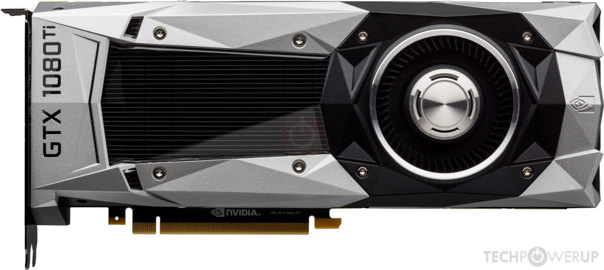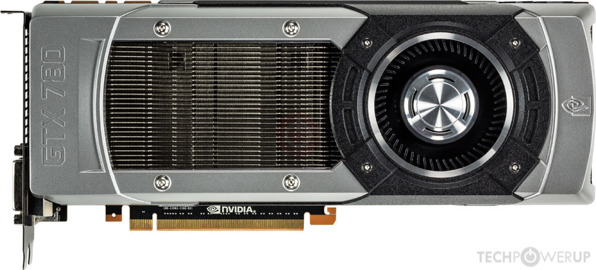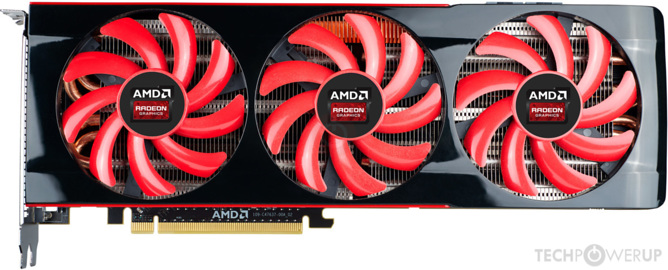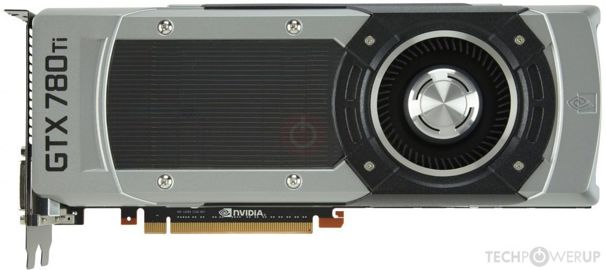I understand the desire to have a single connector for a graphics card instead of a bundle of them, especially for more power hungry hardware. What I don't get is why on earth Nvidia feels the need to draw up their own bloody connector.
There already exist a 12-circuit header housing (literally from the exact same connector series that the ATX24 pin, EPS 8 pin and PCIe 6 pin comes from, specifically, this part here:
https://www.molex.com/molex/products/part-detail/crimp_housings/0469921210). I don't even buy the argument about insufficient power handling capability. Standard Minifit JR crimp terminals and connector housings are rated up to 9A per circuit pairs, so for the 12-circuit part, you're looking at 9A*12V*6 = 648W of power. This is around the same as the rough '600W' figure quoted in the article, not to mention, you can get higher . You don't need a new connector along with new crimp terminal design and non-standard keying for this. THE EXISTING ATX 12 PIN CONNECTOR WILL DO THE JOB JUST FINE. Not to mention, you can get Minifit-Jr terminals that are rated for even higher amperage (13A for copper/tin crimp terminals when used with 18AWG or thicker conductors, IIRC, in which case the standard ATX 12-pin cable will carry even more power). This is literally just Nvidia trying to reinvent the wheel for no apparent reason.
As someone who crimps their own PSU cables, this is a hecking pain in the butt, and I hope whoever at Nvidia came up with this idea gets 7 years of bad luck for this. Just use the industry-standard part that already exist FFS.
/rant













